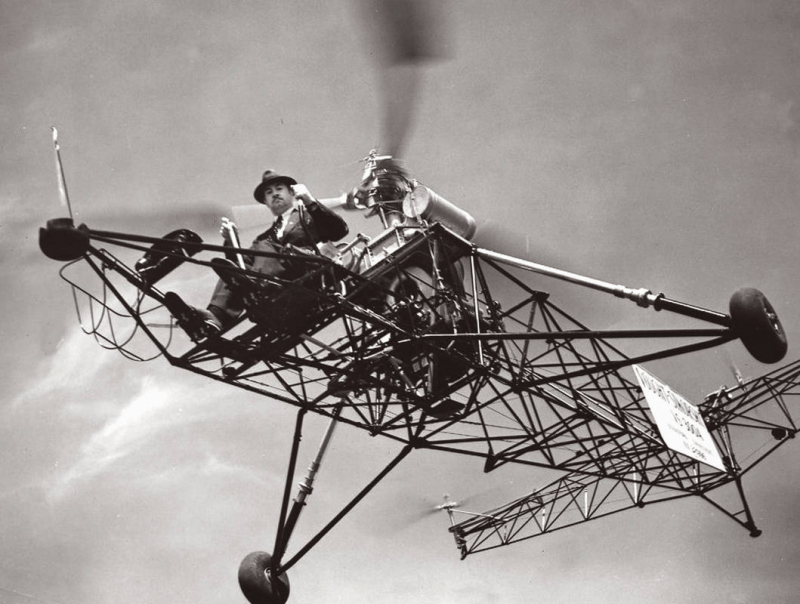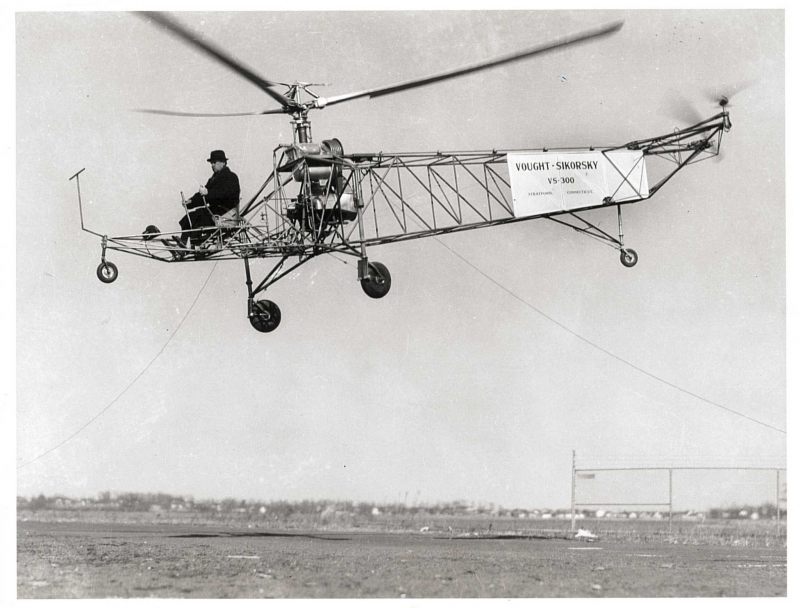VS-300: The First Helicopter
The Sikorsky VS-300, created by rotary winged flying pioneer Igor Sikorsky, was the first legally flyable helicopter in history. The Vought-Sikorsky Division of the United Aircraft Corporation constructed the aircraft, which took to the skies for the first time in Stratford, Connecticut, on September 14, 1939.
The fundamental design was patented by Sikorsky in 1931, and further flights laid the foundation for the well-known main and tail rotor helicopter that is so common in modern times. Tethers were used in the machine's early airborne adventures; unfettered flight did not occur until 1940. At the age of twelve, Sikorsky built a wind-up miniature helicopter to launch his engineering career.
The open cockpit of this machine would worry a modern helicopter operator the most. The primary blades spun above the pilot, who was strapped in, while the front pod resembled the cockpit of a World War I biplane fighter. In his groundbreaking research, Sikorsky used a single engine to drive both the main blades and the anti-torque tail rotor.
The VS-300, the first operational amphibian helicopter, was equipped with floats in addition to its standard single-rotor design, making it the first helicopter that could easily land and take off from water. At the Henry Ford Museum in Dearborn, Michigan, the VS-300 is currently on display.
Role: Experimental helicopter
National origin: United States
Manufacturer: Vought-Sikorsky
Designer: Igor Sikorsky
First flight: 14 September 1939
Developed into: Sikorsky R-4












